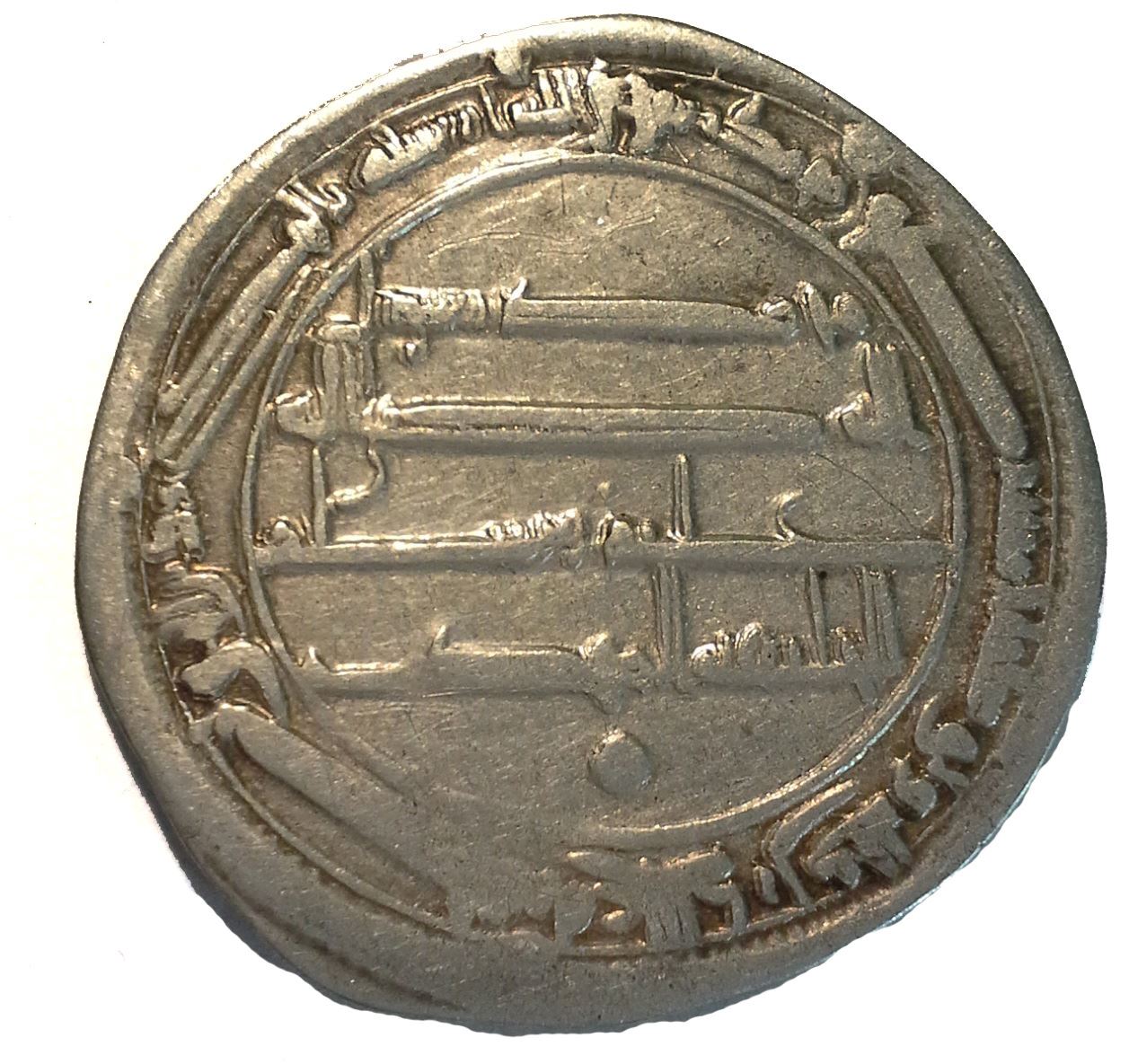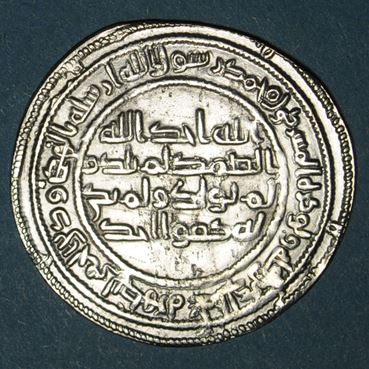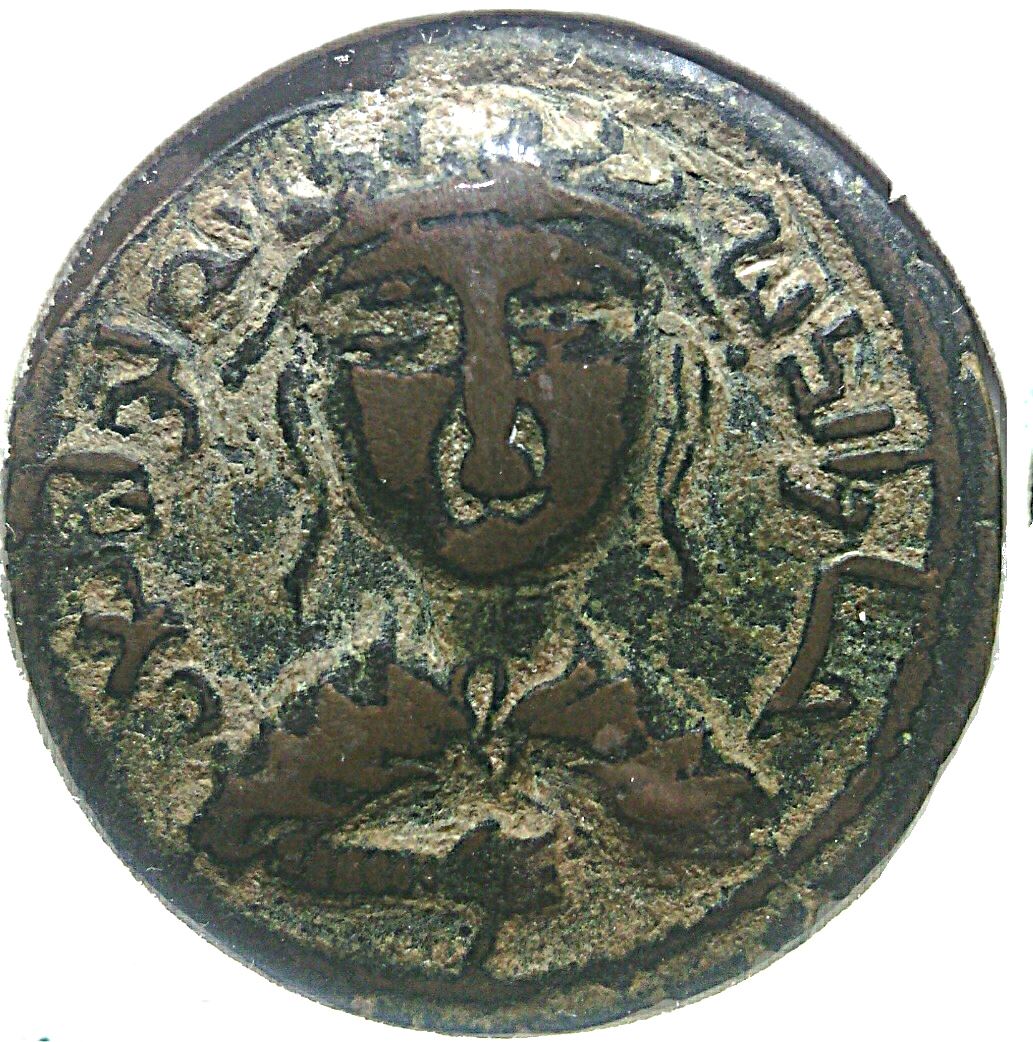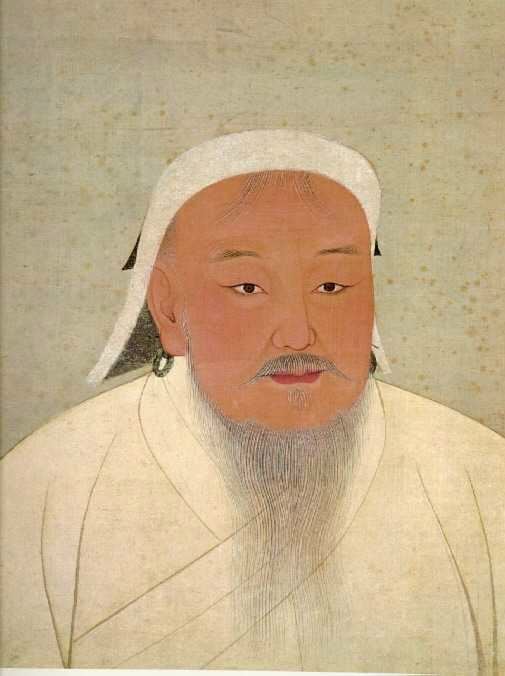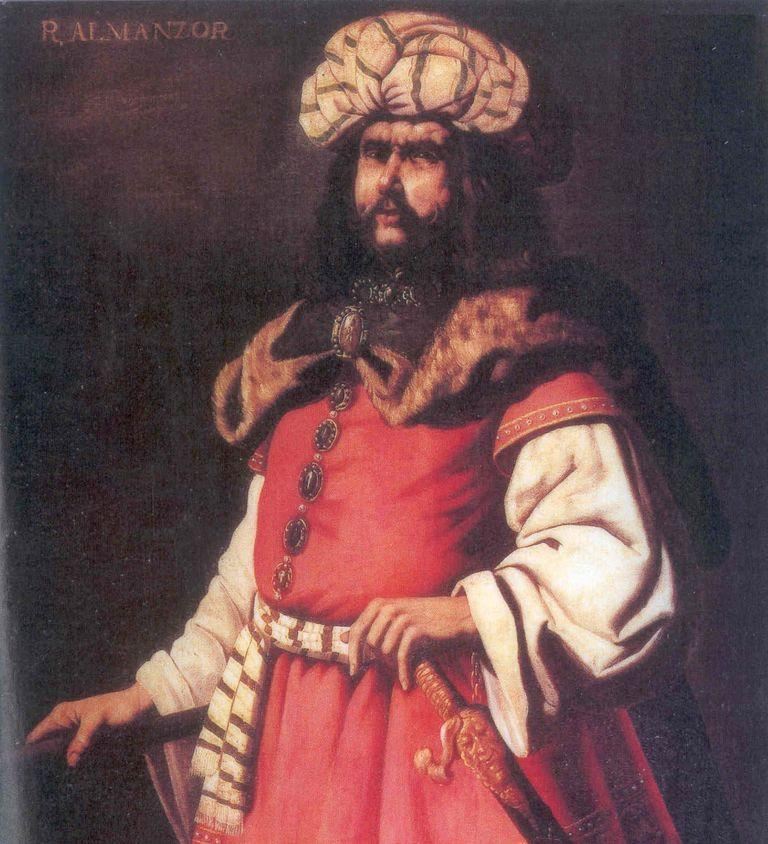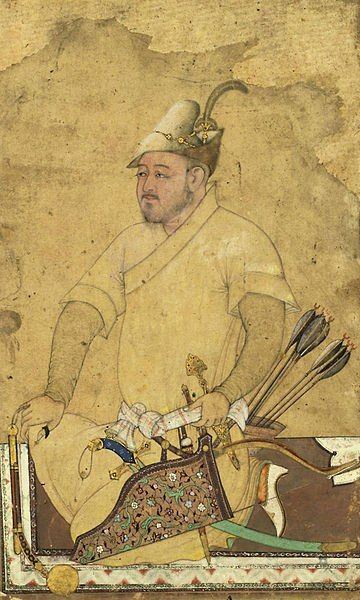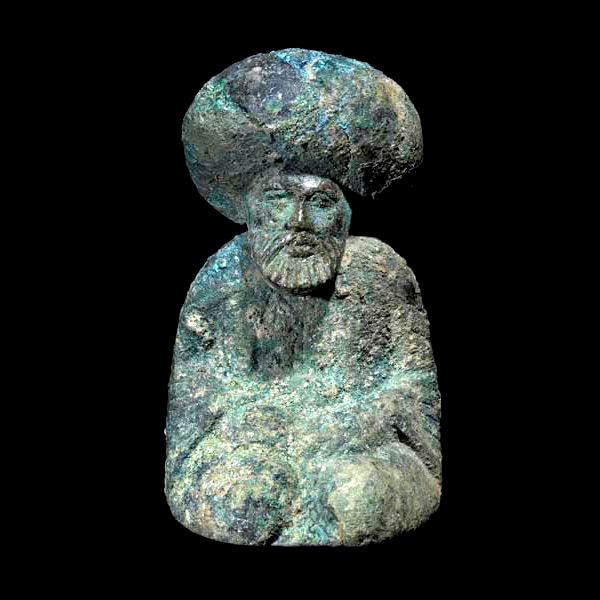The term “Islamic” is associated with the Empires, Sultanates, Khanates, Caliphates, and territories associated with the followers of Islam. The general time frame is approximately from 632AD to 1453 AD.
The condensed history of Islamic civilization is a story with three main chapters: (1) the initial rise of an immense empire rivaling Charlemagne's, (2) a period of cataclysmic struggles between the Crusaders and their opponents, and (3) the capture of Constantinople in 1453.
The subcategories here are chiefly based on Dynastic affiliations.
The condensed history of Islamic civilization is a story with three main chapters: (1) the initial rise of an immense empire rivaling Charlemagne's, (2) a period of cataclysmic struggles between the Crusaders and their opponents, and (3) the capture of Constantinople in 1453.
The subcategories here are chiefly based on Dynastic affiliations.
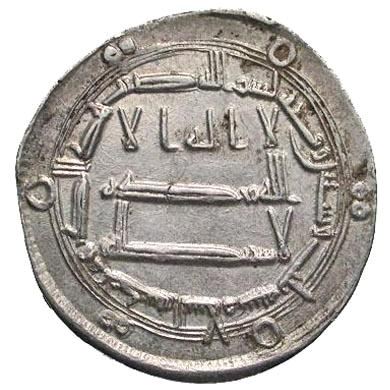
Abu Abdallah Muhammad ibn Abdallah al-Mansur (Arabic: أبو عبد الله محمد بن عبد الله المنصور), better known by his regnal name al-Mahdi (المهدي, "He who is guided by God"), was the third Abbasid Caliph who reigned from 775 to his death in 785. He succeeded his father, al-Mansur.
Al-Mahdi reigned for ten years. He imprisoned his most trusted vizier Ya'qub ibn Dawud, and in the year 167 ...
Al-Mahdi reigned for ten years. He imprisoned his most trusted vizier Ya'qub ibn Dawud, and in the year 167 ...
Al-Walid ibn Abd al-Malik or Al-Walid I was an Umayyad Caliph who ruled from 705 until his death in 715. He was the son of Abd al-Malik ibn Marwan, the 5th Ummayad Caliph.
His reign saw the greatest expansion of the Caliphate, as successful campaigns were undertaken in Transoxiana in Central Asia, Sind, Hispania in far western Europe, and against the Byzantines. He poisoned the fourth S...
His reign saw the greatest expansion of the Caliphate, as successful campaigns were undertaken in Transoxiana in Central Asia, Sind, Hispania in far western Europe, and against the Byzantines. He poisoned the fourth S...
Husam al-Din Yuluq Arslan was a turkmen ruler of Mardin from the Artuquid dynasty. He ruled from 1184 to 1201.
The Artuqid rulers viewed the state as the common property of the dynasty members. Three branches of the family ruled in the region: Sokmen Bey's descendants ruled the region around Hasankeyf between 1102 and 1231; Necmeddin Ilgazi's branch ruled from Mardin between 1106 and 11...
The Artuqid rulers viewed the state as the common property of the dynasty members. Three branches of the family ruled in the region: Sokmen Bey's descendants ruled the region around Hasankeyf between 1102 and 1231; Necmeddin Ilgazi's branch ruled from Mardin between 1106 and 11...
Genghis Khan or Temüjin Borjigin was the founder and first Great Khan of the Mongol Empire, which became the largest contiguous empire in history after his death. He came to power by uniting many of the nomadic tribes of Northeast Asia.
After founding the Empire and being proclaimed "Genghis Khan", he launched the Mongol invasions that conquered most of Eurasia. Campaigns initiated in h...
After founding the Empire and being proclaimed "Genghis Khan", he launched the Mongol invasions that conquered most of Eurasia. Campaigns initiated in h...
Al-Mansur or Abu Ja'far Abdallah ibn Muhammad al-Mansur ( Arabic: أبو جعفر عبدالله بن محمد المنصور) was the second Abbasid Caliph reigning from 754 AD to 775 AD.
Al-Mansur is generally regarded as the real founder of the Abbasid Caliphate, and during his reign, a committee, mostly made up of Syriac-speaking Christians, was set up in Baghdad with the purpose of translating extant Greek...
Al-Mansur is generally regarded as the real founder of the Abbasid Caliphate, and during his reign, a committee, mostly made up of Syriac-speaking Christians, was set up in Baghdad with the purpose of translating extant Greek...
Ôz Beg Khan was the longest-reigning khan of the Golden Horde, under whose rule the state reached its zenith. He was succeeded by his son Jani Beg.
Khan Öz Beg urged the Mongol elite to convert to Islam, but at the same time, he preserved the lives of Christians and pagans such as Russians, Circassians, Alans, Finno-Ugric people, and Crimean Greeks as long as they continued to pay the j...
Khan Öz Beg urged the Mongol elite to convert to Islam, but at the same time, he preserved the lives of Christians and pagans such as Russians, Circassians, Alans, Finno-Ugric people, and Crimean Greeks as long as they continued to pay the j...
Harun al-Rashid (Arabic: هَارُون الرَشِيد) was the fifth Abbasid Caliph, and ruled from 786 to 809, during the peak of the Islamic Golden Age.
His time was marked by scientific, cultural, and religious prosperity. He established the legendary library Bayt al-Hikma ("House of Wisdom") in Baghdad, and during his rule the city flourished as a center of knowledge, culture and trade.
...
His time was marked by scientific, cultural, and religious prosperity. He established the legendary library Bayt al-Hikma ("House of Wisdom") in Baghdad, and during his rule the city flourished as a center of knowledge, culture and trade.
...

